The ocean contains multivalent symbolism — the known and the unknown; surface versus deep.
The circle is closed.
Nothing ever comes to an end. Wherever one has sunk roots that emanate from one’s best or truest self, one will always find a home.
To return is not to revisit something that has failed. I can walk along the old paths without bitterness that other feet are now taking pleasure in them.
The sea is there just as it always has been.
Liv Ullmann from Changing


The Ocean Surface
Time is not a thing that passes … it’s a sea on which you float.
Margaret Atwood
The thing about the ocean surface is, unlike a landscape equivalent, the desert, you should be a little worried about what’s hiding underneath. That’s because humans are terrified of isolation, and through fable and folklore we populate every imaginary space with creatures and critters: Forests with fairies, homes with hobgoblins, outer space with little green men. We populate our watery depths with mermaids, Lochness monsters and Spongebob Squarepants.
If we divide spaces into ‘striated’ and ‘smooth’, the ocean surface is an example of both.
Regarding the example of the sea, which is the smooth space par excellence, we must consider that it had always been subjected to strict striation; firstly by the astronomical bearings, based on the observation of the stars and the sun, and secondly by the plotting of the known and unknown regions on the map. However, there had also existed a nomadic system of preastronomical navigation, based on the “tactile” qualities of the smooth space: wind, noise, colours and sounds of the sea. … No matter how intensively the sea has been striated, it consistently reimparts a kind of smooth space.
Concepts of Space in Victorian Novels
The author of that paper also points out that the ocean surface gets different treatment depending on the era of the story. “The Victorian novel, in contrast to Romantic literature, does not focus on the presence of the sea to a great extent… For the Victorians the space of the sea would always remain related to the experience of the uncanny and thus attempted to be marginalized, pointing towards the unconscious.”
Other examples of smooth spaces: deserts, steppes and ice.
Examples of Ocean-Scapes
Moby-Dick
A great example of a character who the author sets us up to believe is going to be the hero, but then kills him off for some weird reason. Moby Dick has also been rewritten for children, as many of the classics have. See, for instance, the version by Geraldine McCaughrean.

Like deserts, ocean-scapes take you outside society, magnifying your loneliness and vulnerability.
Titanic
Based loosely on historical events, with a great example of a refrigerator ending (you realise afterwards, when you’re looking in the fridge for a snack, that Rose probably could have saved Jack.)
Jaws
The film which revolutionised movie merchandising
Dead Calm
The Nicole Kidman and Sam Neill thriller
Bloodline
Cissy Spacek’s TV series about a black sheep brother who returns home
All Is Lost
The Robert Redford (almost) wordless movie.
Open Water
A 2003 American psychological horror drama film loosely based on the true story of an American couple, Tom and Eileen Lonergan, who in 1998 went out with a scuba diving group, Outer Edge Dive Company, on the Great Barrier Reef, and were accidentally left behind because the dive-boat crew failed to take an accurate headcount.

Ocean Deep
For each of the manmade features, there is a naturally occurring symbolic equivalent. Oceans are connected to cities across storytelling. This is especially so in certain genres — the scary ones. We started out in the sea, and I’m sure there was a scary reason for making it onto land because the imagery of something big and scary floating towards us continues to haunt. Literally — when I think of monsters floating through space I not only think of bigger fish in a sea, but of ghosts. Why do ghosts tend to float? I believe that, too, derives from how ocean creatures move. The slow, floaty monster is almost more scary than the monsters with leonine speed and agility.

CITY AS OCEAN IN STORIES FOR CHILDREN


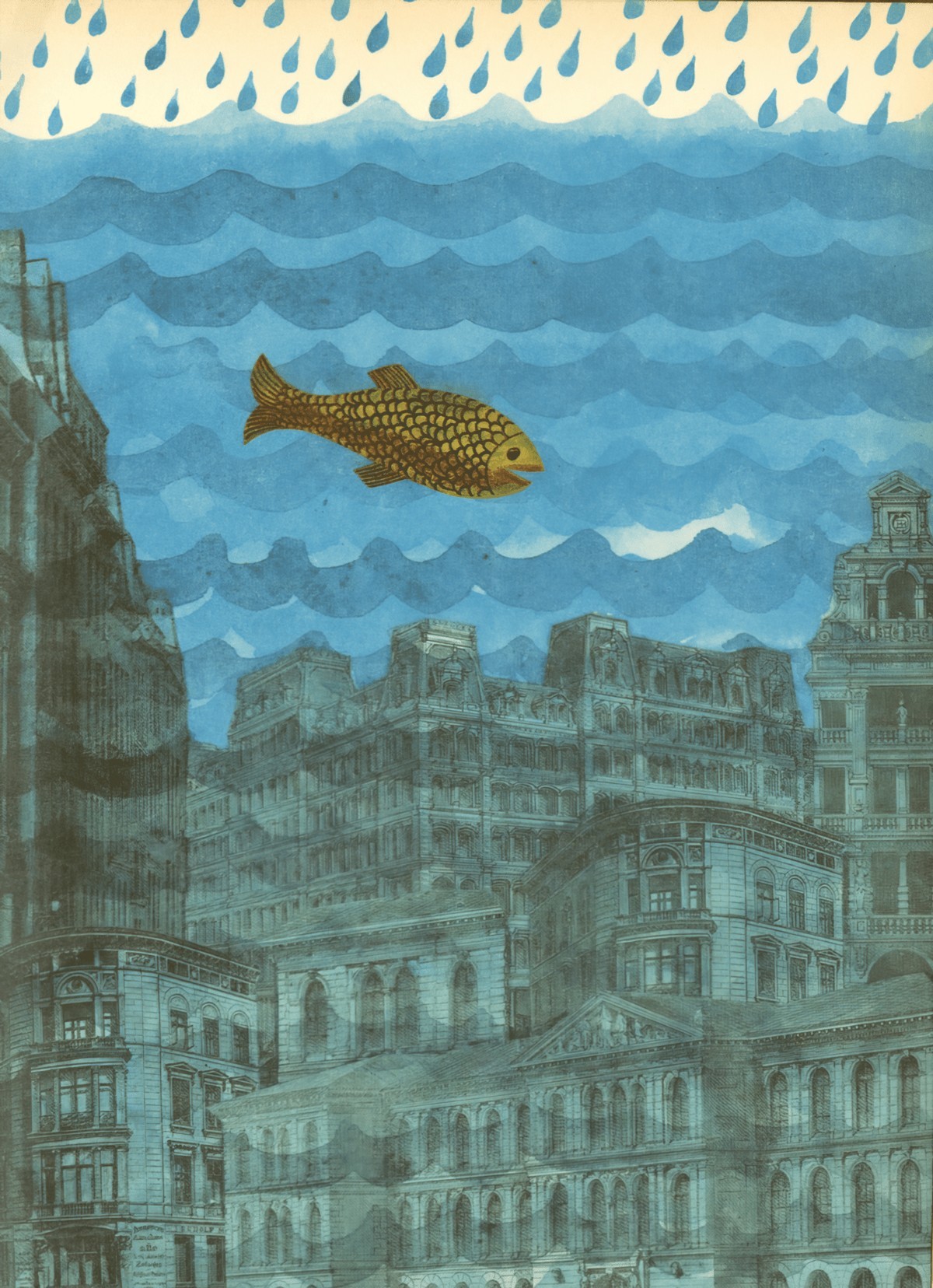
Quoting Sheila Egoff, Naomi Hamer writes:
In the enormity of the city, the child protagonists often find themselves in a playground full of caricature-like characters that are often adults. In early works of enchanted realism, “childhood is seen as a state separate from adulthood and the adventures the children encounter are a product of their own devising, their own serious play and imaginings
Naomi Hamer
Maurice Sendak’s In The Night Garden is a very good example of a picture book with a city setting and a floating child.
Metropolitan kids float above the Night Kitchen [referencing Sendak], deprived of milk cows and turtles and tree houses and fishing holes. They swim in an ocean of adults, sometimes remarkably alone.
Mary Beatty, “Lullaby of Broadway”
Numerous picture books have taken a child’s bedroom and turned it into a night-time playground. The most famous in Australia is undoubtedly There’s A Sea In My Bedroom by Margaret Wild.
The Night-fish by Helen McCosker is another more recent one, because the child brings a piece of the ocean into the bedroom. (With disastrous consequences.)
These stories, in which the child enters the depths of the ocean, even metaphorically, are quite different to stories in which the character travels over the surface of the ocean, as in Where The Wild Things Are or Theodore Mouse Goes To Sea. Consider the ‘sea surface’ a different setting from ‘sea depths’. The sea depths are analogous to outer space in storytelling.
Though not specifically for children, artist Nicoletta Ceccoli has a series of paintings with girls interacting with fish who float through rooms.
I’ve written a separate post on Ocean Symbolism in Children’s Stories. For other symbolic archetypes in children’s literature, see this post. And for more on the country/city dichotomy, I offer you this post.
Don’t mistake the ocean for the beach, either. Consider them separate, as metaphors. (Naturally, they may be linked.)
Ocean Deep At The Pool (Children’s Literature)
Sometimes the excitement of the ocean can be achieved in a swimming pool which, to a child, can seem just as scary.

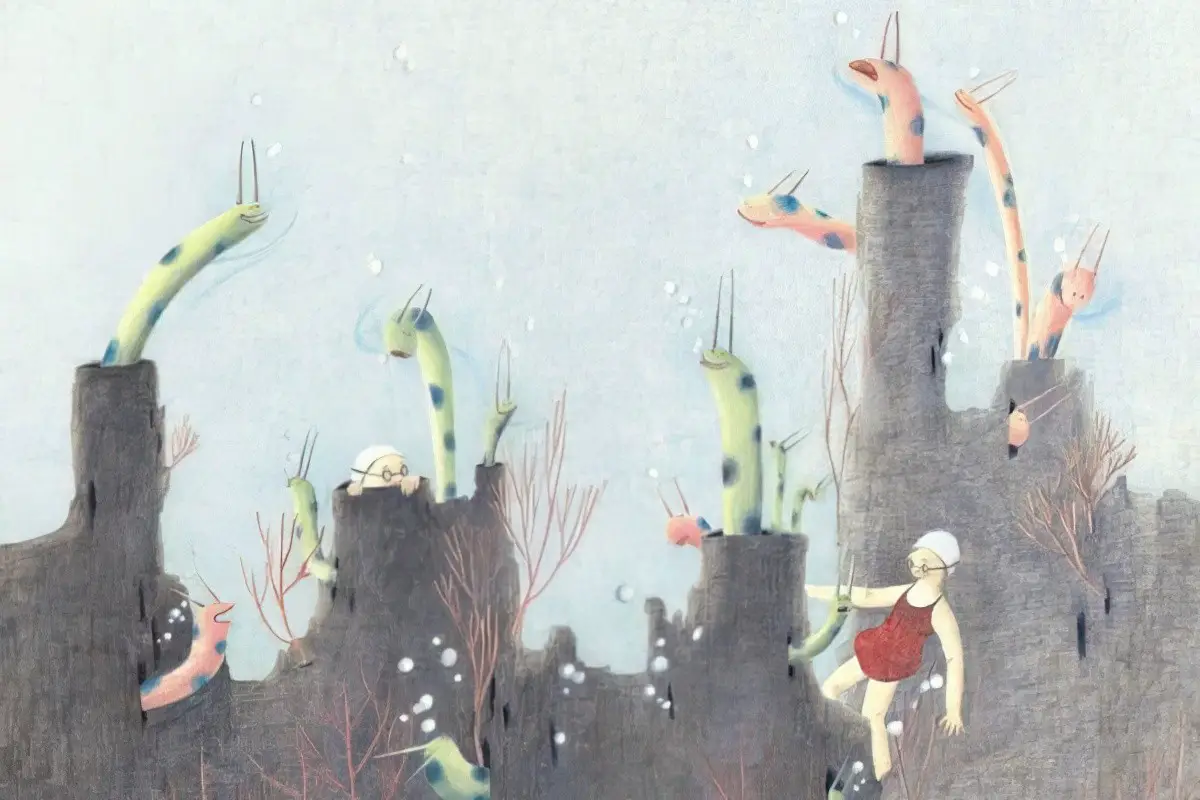
Ocean As Utopia
In stories for children, the underwater world is most often a type of utopia.
Examples
The Stream That Stood Still by Beverley Nichols
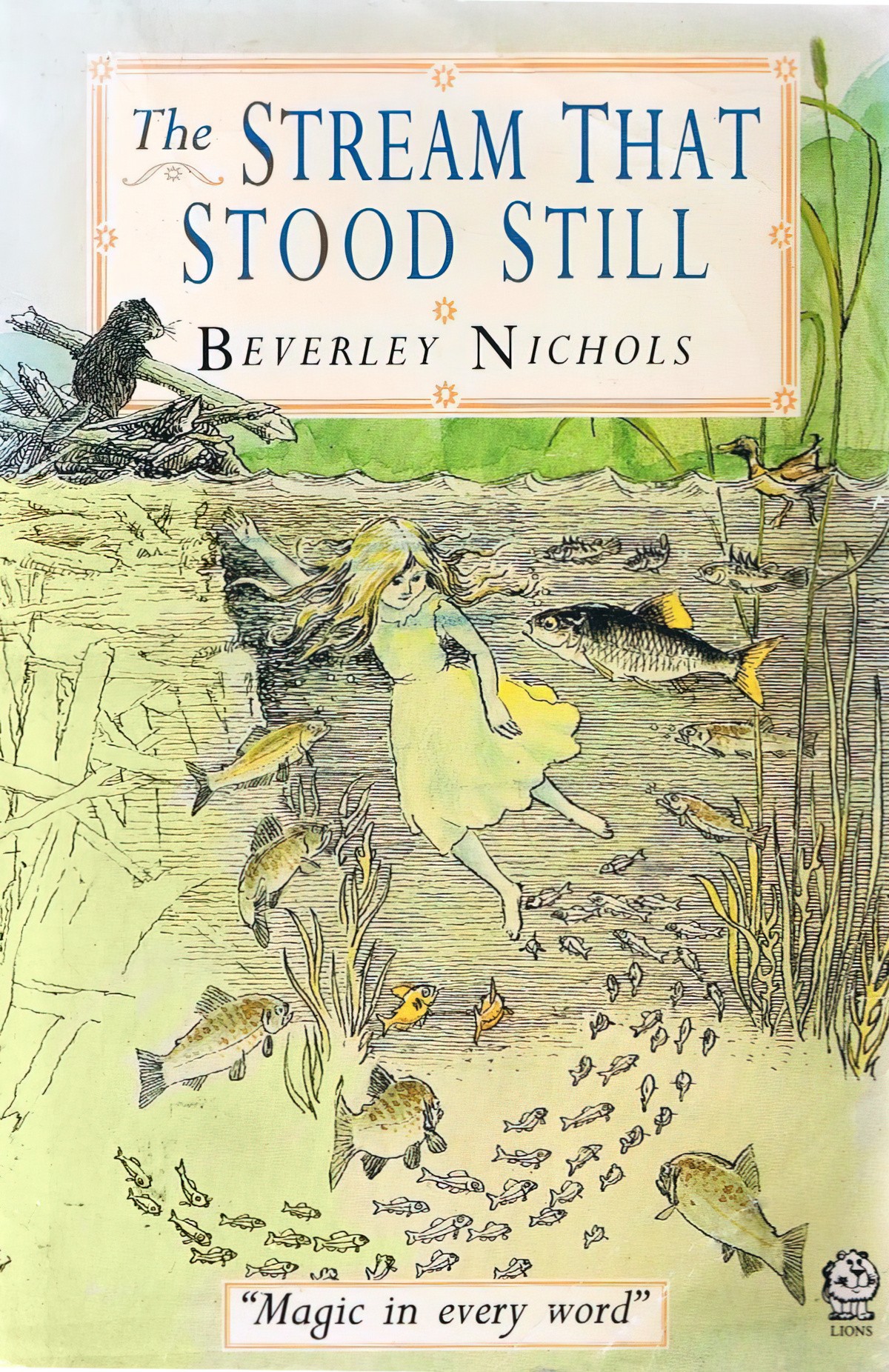
Modern audiences may not have heard of this story, the second of Nichols’ Magic Woodland trilogy, as it was first published in the 1940s, and hasn’t been made into a movie. The main message in it is that concerted action and goodwill of many weak creatures will sometimes overthrow a single, strong, well-armed tyrant. The underwater world is obtrusively humanised: the sticklebacks belong to a regiment, the minnows are a ladies’ finishing school. The fish have police and magistrates.
The Little Mermaid
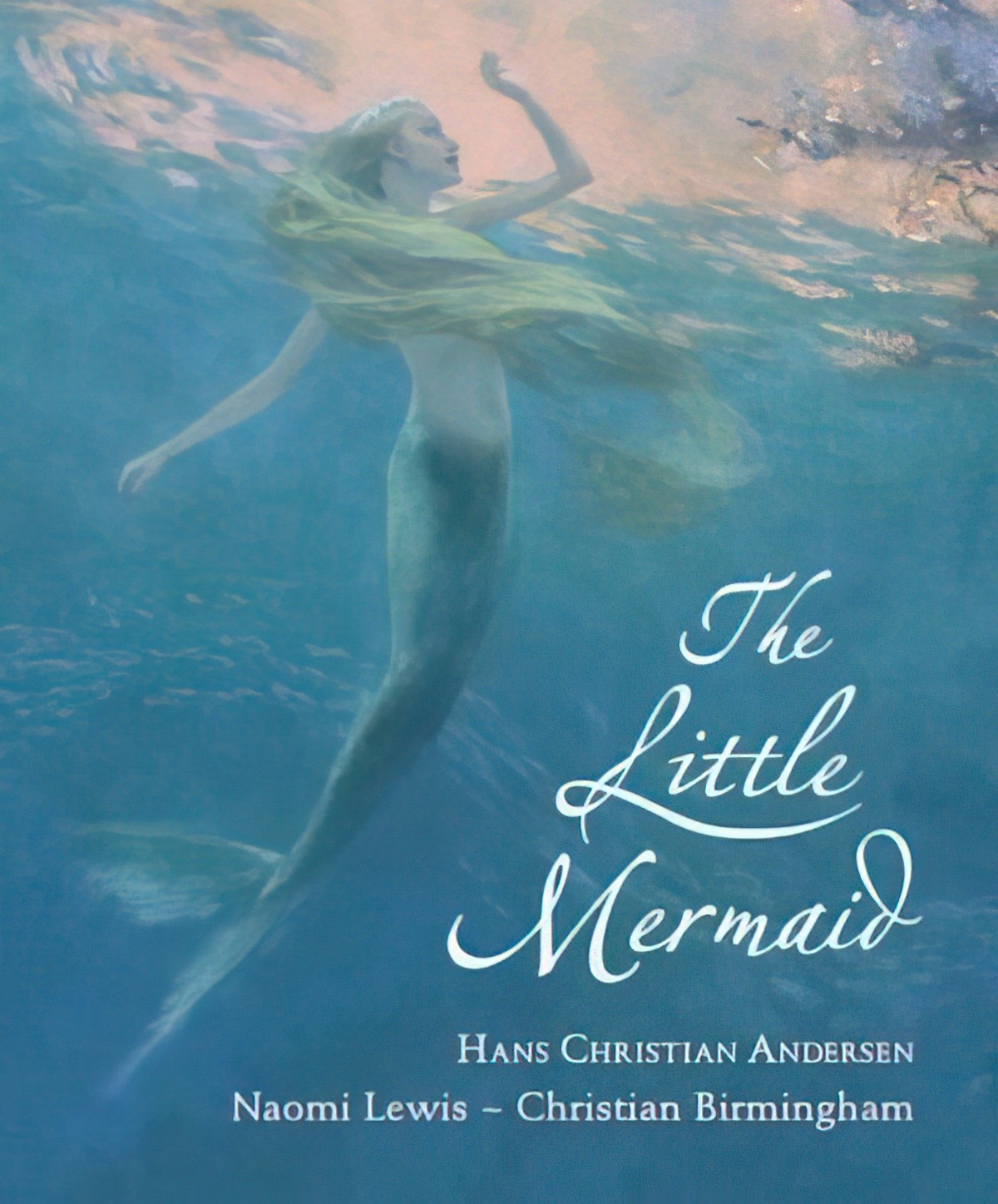
What is at the bottom of the sea? Sunken ships, emblems of our daring and our doom; treasure, our hope accompanied by our fear of its ab-human guardians; nematode worms, a form of life that can survive in temperatures and other conditions that we cannot imagine; drowned men and women, victims of tempest and giant wave, or thrown overboard from slavery’s ships, or killed in maritime battle, or (in our imaginations) seized from the deck by the tentacles of the giant squid. All of them relics, just as we try to see the ‘other’ inhabitants of the sea as relics, as mere ancestors of ourselves, precursors of the realm of human, enlightened reason.
David Punter, Fantastika Journal, Volume 1, Issue 2, December 2017
Finding Nemo

Sponge-Bob Square Pants
The comedy in this TV series works (for both children and adults) because the social structure is mimetic of (North American) human society. The underwater setting allows for wacky characters, a novel setting and lots of gags based on sea creatures.
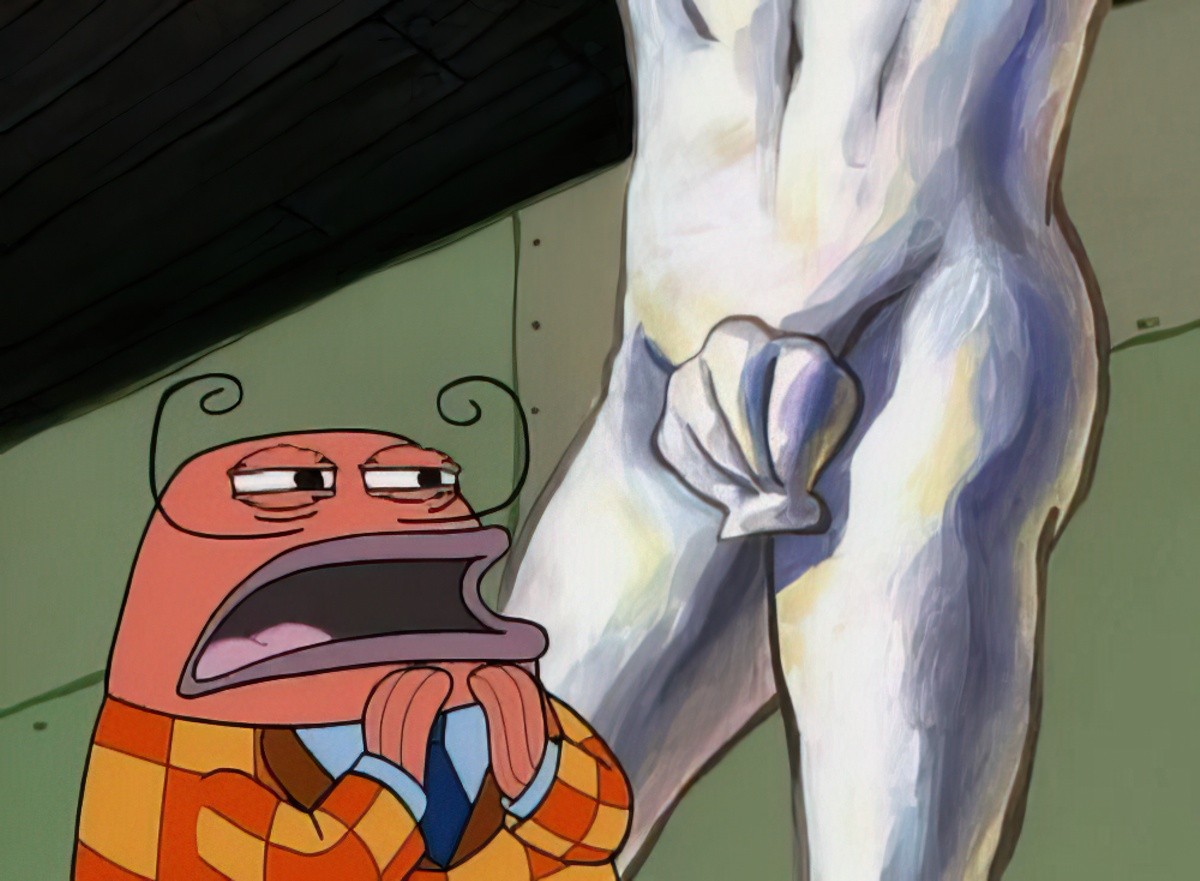
Ponyo

See my post on Ponyo for Miyazaki’s strong sea symbolism.
The music video today blends an underwater setting with reggae culture and also Western tropes.
THE SEA CAVE (LITTORAL CAVE)
Littoral refers to the space on the shore of the sea or a lake.

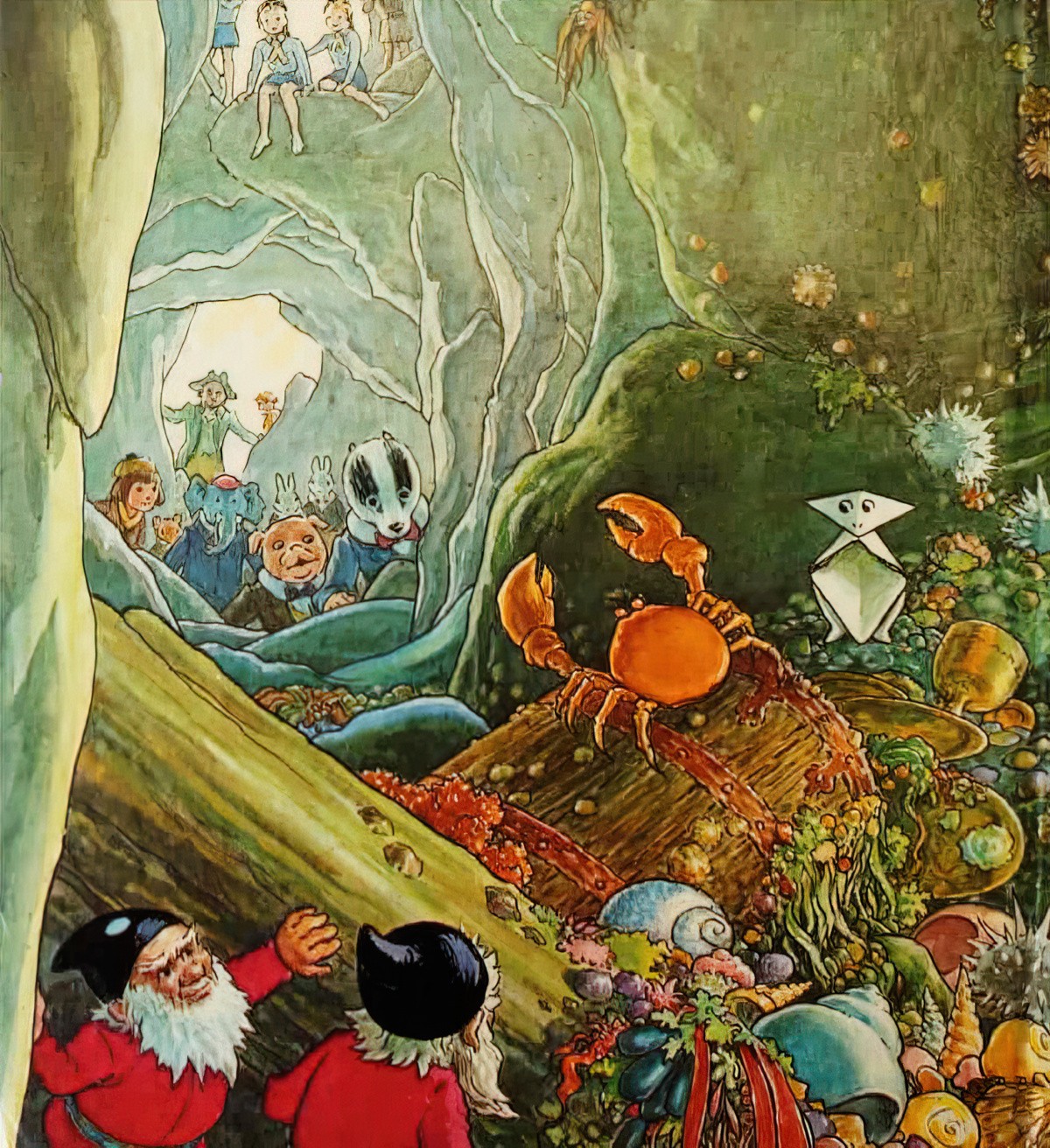
Another wonderful advantage of sea settings is that the writer might make use of the caves formed by the nearby wave action to turn the ocean into a vast labyrinth where characters can easily get lost both laterally and vertically. One of the most terrifying passages I’ve ever read in fiction is the scene in The Beach by Alex Garland where the main character is swimming underground and almost runs out of breath while lost in the network of sea caves.



For more on tunnel and cave symbolism, see here.
Paintings by Canadian self-taught painter Maud Lewis



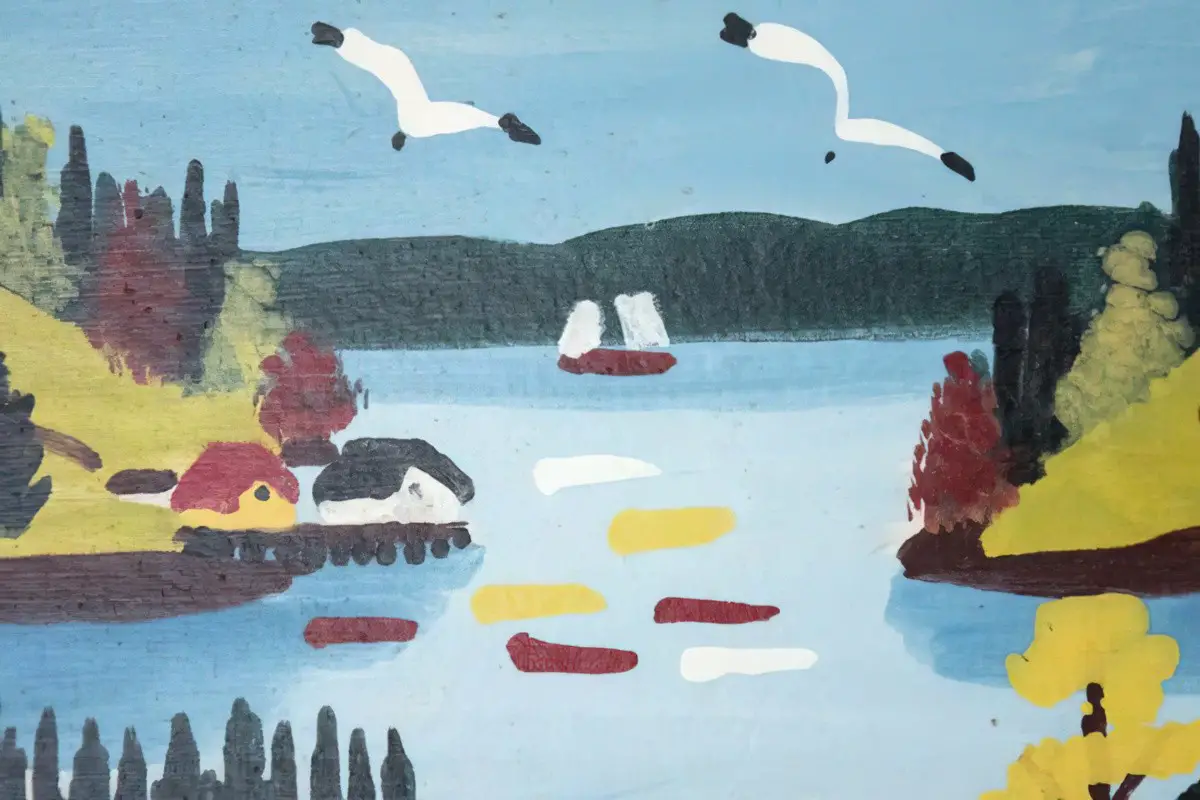



FURTHER READING
The sea was the setting for most of Joseph Conrad’s novels and short stories.
Header painting: The British Channel Seen from the Dorsetshire Cliffs 1871 John Brett 1831-1902 Presented by Mrs Brett 1902
Underwater Eye: Margaret Cohen Explores the Film Aquatic
Margaret Cohen joins John to discuss The Underwater Eye, which explores “How the Movie Camera Opened the Depths and Unleashed New Realms of Fantasy.” Margaret’s earlier prizewinning books include The Novel and the Sea and The Sentimental Education of the Novel, but this project brings her places even her frequent surfing forays hadn’t yet reached. She charts the rise of “wet for wet” filming both in the ocean itself and in various surrogates, exploring the implications of entering a domain that humans can explore and come to know, but never master.
She and John discuss the rarity of professional divers in early 19th century (Henri Edwards 1843) and Natasha Adamowsky on the abiding fear of the depths. Conversation also pivots towards such SF classics as Stanislas Lem Solaris (1961), featuring a sentient underwater being which controls the planetary tides, though this wrinkle disappears in the 1971 Tarkovsky film. Margaret wittily labels the unintended consequences of human agency the “dialectic of the anthropocene.”
Mentioned in the episode
- 1916 20,000 Leagues was Hollywood’s first great underwater filming project. Underwater scenes of a length and complexity not seen again until modern films like The Deep (1977).
- Man Ray The Starfish is proof of high art’s shared investment (also in Jean Painleve’s science and sexlife films) in the same oceanic aspects that thrilled popular filmmakers.
- Esther William’s Jupiter’s Darling may be the apotheosis of bathing beauty breath-holding.
- Undersea World of Jacques Cousteau
- Sea Hunt with Lloyd Bridges as underwater beefcake.
- Luc Besson, The Big Blue
Recallable Books/Films
Margaret chose Creature from the Black Lagoon 1954 which inspired Guillermo del Toro’s The Shape of Water (a “dry for wet” film, shot in studio rather than underwater) and was in its turn inspired by Gabriel Figueora, cinematographer of The Pearl.
John favored a SF novel about space aliens who on landing seek out the oceanic depths, John Wyndham The Kraken Wakes (1953)
at New Books Network
Cosmopolitan Cultures and Oceanic Thought
Cosmopolitan Cultures and Oceanic Thought (Routledge, 2023) imagines the ocean as central to understanding the world and its connections in history, literature, and the social sciences. Introducing the central conceptual category of the ocean as a method, it analyzes the histories of movement and traversing across connected spaces of water and land sedimented in literary texts, folklore, local histories, autobiographies, music, and performance. It explores the constant flow of people, materials, and ideologies across the waters and how they make their presence felt in cosmopolitan thinking of the connections of the world.
Going beyond violent histories of slavery and indenture that generate global connections, it tracks the movements of sailors, boatmen, religious teachers, merchants, and adventurers. The essays in this volume summon up this miscegenated history in which land and water are ever linked. A significant rethinking of world history, this volume will be of great interest to scholars and researchers of history, especially connected history and maritime history, literature, and Global South studies.
New Books Network
Dockside Reading: Hydrocolonialism and the Custom House
In Dockside Reading: Hydrocolonialism and the Custom House (Duke University Press, 2022), Isabel Hofmeyr traces the relationships among print culture, colonialism, and the ocean through the institution of the British colonial Custom House. During the late nineteenth and early twentieth centuries, dockside customs officials would leaf through publications looking for obscenity, politically objectionable materials, or reprints of British copyrighted works, often dumping these condemned goods into the water. These practices, echoing other colonial imaginaries of the ocean as a space for erasing incriminating evidence of the violence of empire, informed later censorship regimes under apartheid in South Africa. By tracking printed matter from ship to shore, Hofmeyr shows how literary institutions like copyright and censorship were shaped by colonial control of coastal waters. Set in the environmental context of the colonial port city, Dockside Reading explores how imperialism colonizes water. Hofmeyr examines this theme through the concept of hydrocolonialism, which puts together land and sea, empire and environment.
New Books Network
Historically, the sea holds symbolic power within British culture, a space of imperial triumph and mastery over nature. The British coastline, similarly, has served as both a secure defence and a space of freedom and abandonment. However, since the decline of both the empire and the maritime industries, these certainties have eroded, along with the physical coastline itself. Subsequently, these spaces have become haunted, returning them somewhat to more primal conceptions of the natural world. This article examines how television, as the cultural exponent of choice in Britain during the same period, has provided the perfect medium to explore the gothic seas: an environment of terror and unease, fear and uncertainty. From Jonathan Miller’s Whistle and I’ll Come to You (1968) to Remember Me (2014), this article details how the appearance of the gothic sea in British culture hastens a broader examination of national myth, virtues and values.
The Haunted Seas of British Television: Nation, Environment and Horror by Mark Fryers
In D. T. Neal’s novella Relict (2013), the action centres around the attempts of the protagonist to escape from a giant octopus which keeps her trapped on an atoll of the Pacific Ocean, after it has devoured her three crew mates. The presence of the creature sustains a constant feeling of horror and despair in an isolated maritime region, which confirms to the protagonist, and the reader, that humanity does not possess the supremacy we have claimed on Earth. Drawing on Timothy Morton’s reflections on the fractured relationship between humans and Nature, this article analyses Neal’s text as an example of ‘Nautical Horror’, introduced here as a subset of ecohorror. Nautical Horror, I argue, borrows a sublime maritime background from Nautical Gothic and combines it with a monstrous and horrifying encounter with the nonhuman, ultimately highlighting humanity’s lack of control over the powerful forces of a watery wilderness. The final intention of this article is to provide a reference point for further studies on Neal’s ecohorror fiction and to encourage the development and theorisation of Nautical Horror and explorations of monstrous cephalopods.
Tentacles from the Depths: The Nautical Horror of D. T. Neal’s Relict by Antonio Alcalá González

